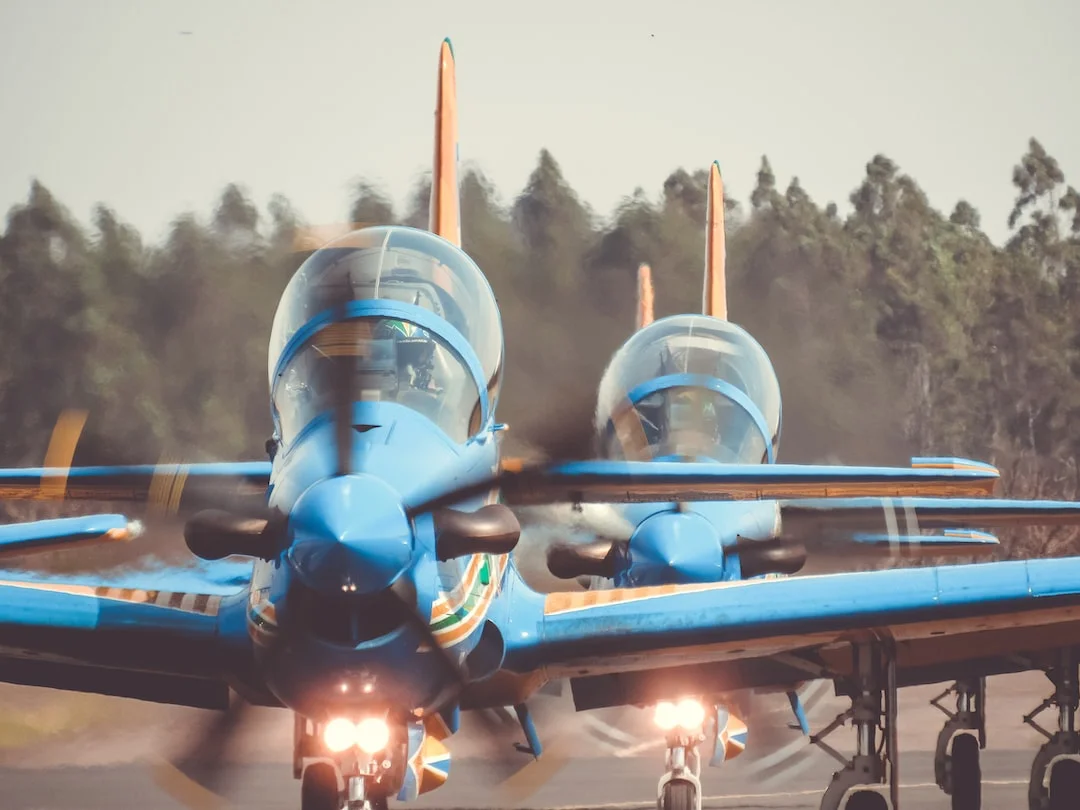The Boeing 737 is a popular aircraft model used by airlines worldwide. One important aspect of flying the Boeing 737 is understanding the concept of Vertical Track, also known as VTK. It refers to the vertical guidance provided to the aircraft during a climb or descent. In simpler terms, vertical track determines the aircraft’s path in the vertical dimension, ensuring it maintains the desired altitude and vertical speed. Let’s delve deeper into this crucial aspect of flight control on the Boeing 737.
Contents
Vertical Track Explained
Vertical track, or VTK, is a term commonly used in aviation to describe the aircraft’s path in the vertical dimension. It refers to the flight control system’s ability to maintain the desired altitude and vertical speed during climb or descent. On the Boeing 737, the autopilot and flight management system play a crucial role in achieving and maintaining the vertical track.
During climb or descent, the Boeing 737 relies on various instruments and systems to ensure accurate vertical track management. The autopilot system, coupled with the flight management system (FMS), calculates the necessary pitch and thrust adjustments to maintain the desired vertical speed and altitude. These adjustments are made based on inputs from altimeters, airspeed indicators, vertical speed indicators, and other sensors.
The vertical track can be controlled manually by the pilots using the control column and thrust levers, or it can be set to autopilot mode for automatic control. The autopilot system continuously adjusts the aircraft’s pitch and thrust to maintain the desired vertical track. However, it is essential for pilots to monitor and cross-check the autopilot’s inputs to ensure they align with the desired flight path and altitude.
Understanding and managing the vertical track is crucial for a smooth and efficient flight. It helps in maintaining the desired altitude and vertical speed, allowing the aircraft to efficiently climb or descend as required. By accurately controlling the vertical track, pilots can ensure a comfortable flying experience for passengers, minimize fuel consumption, and adhere to air traffic control instructions.
Factors Influencing Vertical Track
Several factors can influence the vertical track on the Boeing 737. Let’s take a closer look at some of the key factors:
Weight and Balance
The weight and balance of the aircraft significantly impact its vertical track. As the weight of the aircraft changes due to fuel burn or passenger load, the required thrust and pitch adjustments need to be made to maintain the desired vertical speed. The flight management system takes into account these weight and balance changes to ensure accurate vertical track management.
Pilots must consider the aircraft’s weight and balance calculations when planning the flight and during the climb or descent phase. These calculations help determine the appropriate thrust and pitch settings to maintain the desired vertical track while considering the aircraft’s current weight.
Weather Conditions
Weather conditions also influence the vertical track on the Boeing 737. Factors such as wind speed, wind direction, and air density can affect the aircraft’s climb or descent performance. Headwinds or tailwinds can impact the aircraft’s groundspeed and, consequently, the vertical track management.
The flight management system takes into account the prevailing weather conditions to calculate the necessary adjustments for maintaining the desired vertical track. Pilots must consider these factors and make appropriate corrections to ensure a safe and efficient flight.
Air Traffic Control Instructions
Air Traffic Control (ATC) instructions also play a crucial role in managing the vertical track on the Boeing 737. ATC provides instructions regarding climb or descent rates, altitude restrictions, and speed adjustments. Pilots must adhere to these instructions to maintain proper vertical separation from other aircraft and ensure the safety and efficiency of air traffic.
The flight management system can assist pilots in complying with ATC instructions by automatically adjusting the vertical track to meet the prescribed altitudes and speeds. It eliminates manual calculations and helps ensure accurate compliance with ATC instructions.
In Conclusion
Vertical track, or VTK, is a vital aspect of flying the Boeing 737. It determines the aircraft’s path in the vertical dimension, ensuring accurate altitude and vertical speed control. Understanding and managing the vertical track is crucial for pilots to ensure passenger comfort, fuel efficiency, and compliance with air traffic control instructions.
By considering factors such as weight and balance, weather conditions, and air traffic control instructions, pilots can effectively manage the vertical track on the Boeing 737. With an automated flight management system and meticulous monitoring, pilots can enjoy a smooth and efficient flight experience while maintaining the desired vertical track.
For More: What is FBW on Boeing 737? (Fly-By-Wire)




